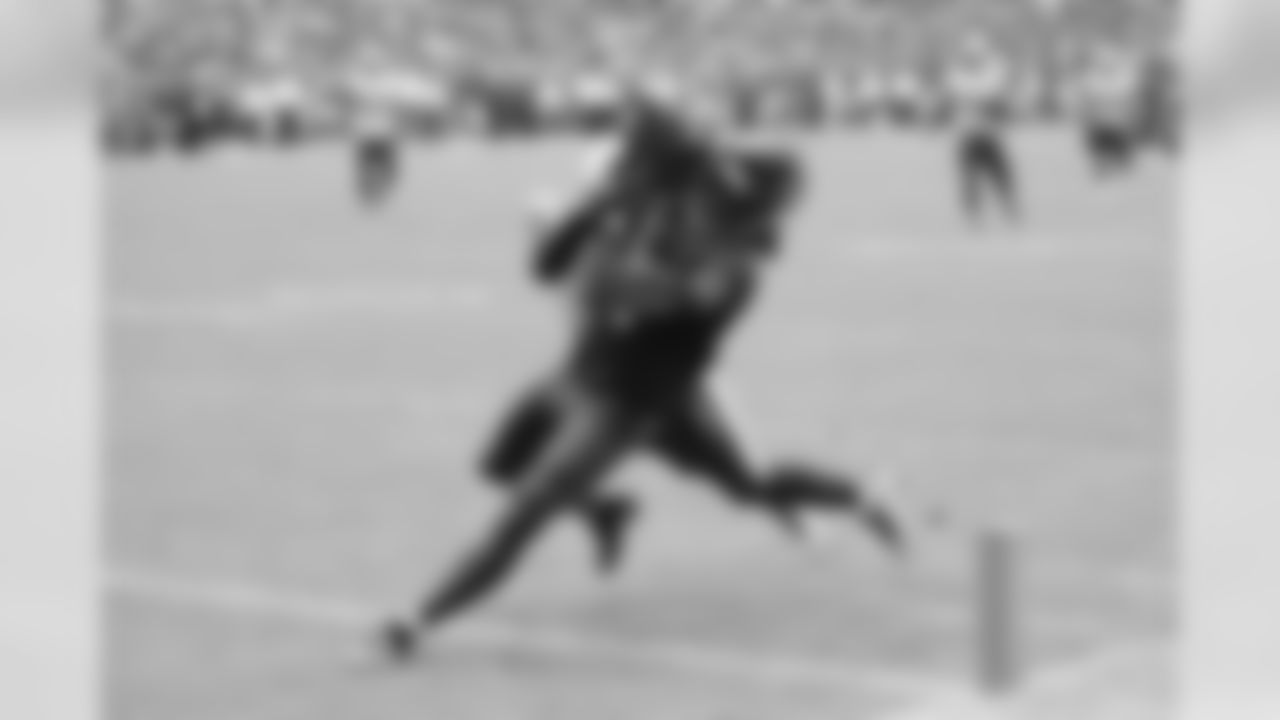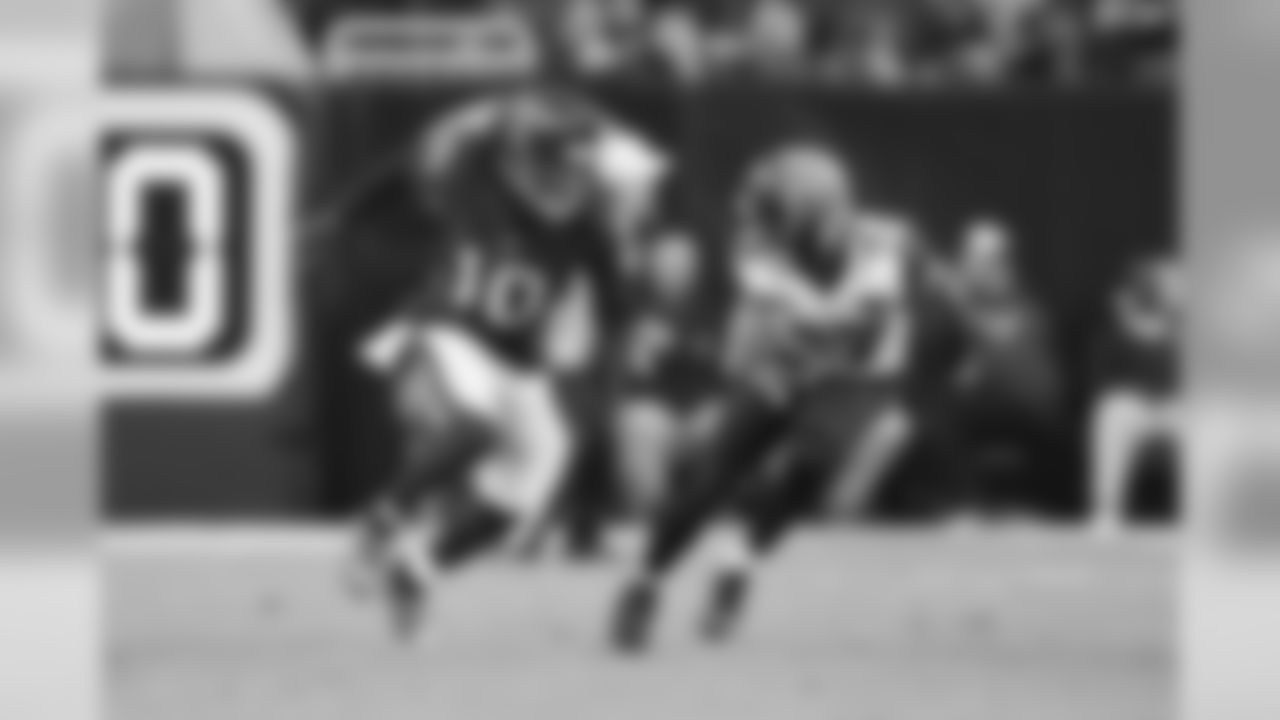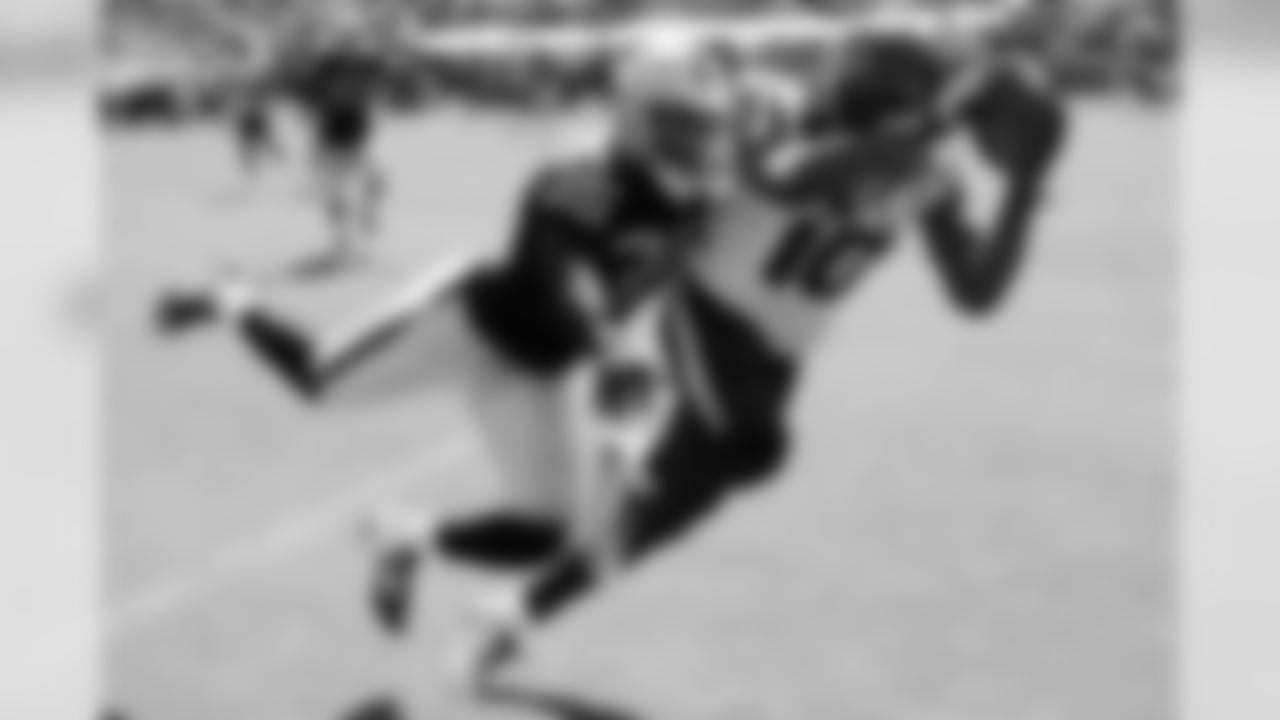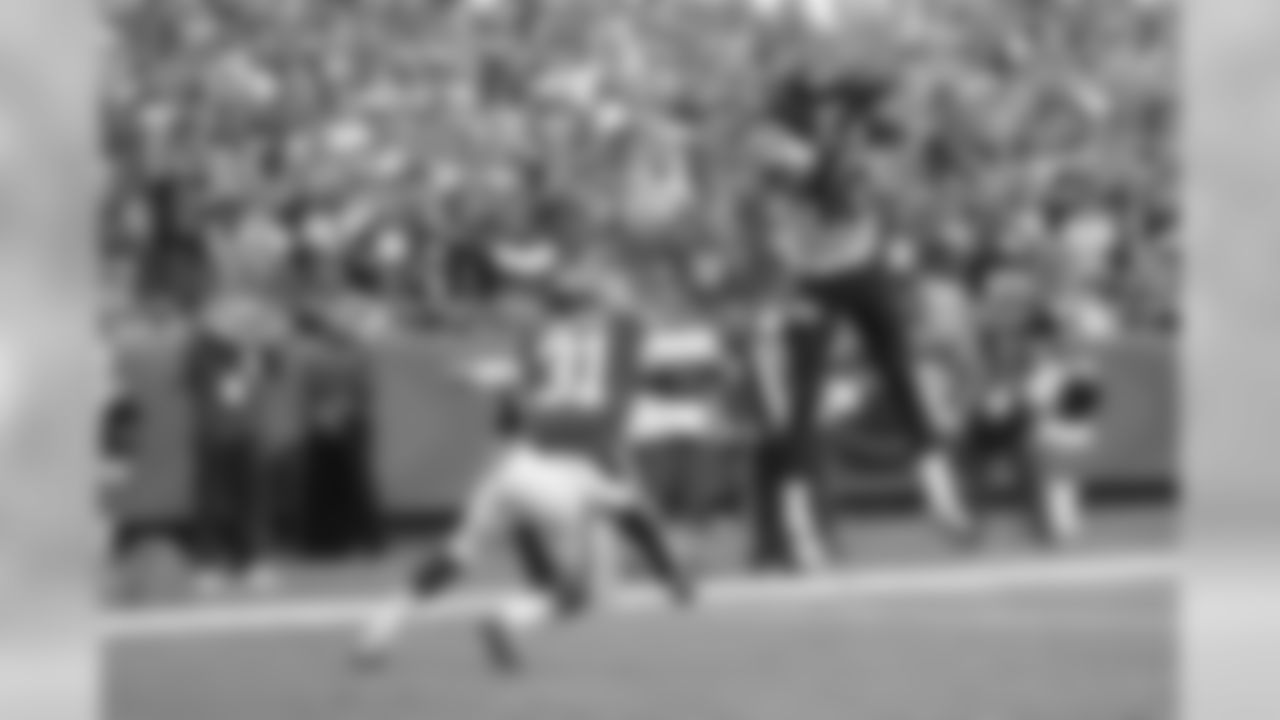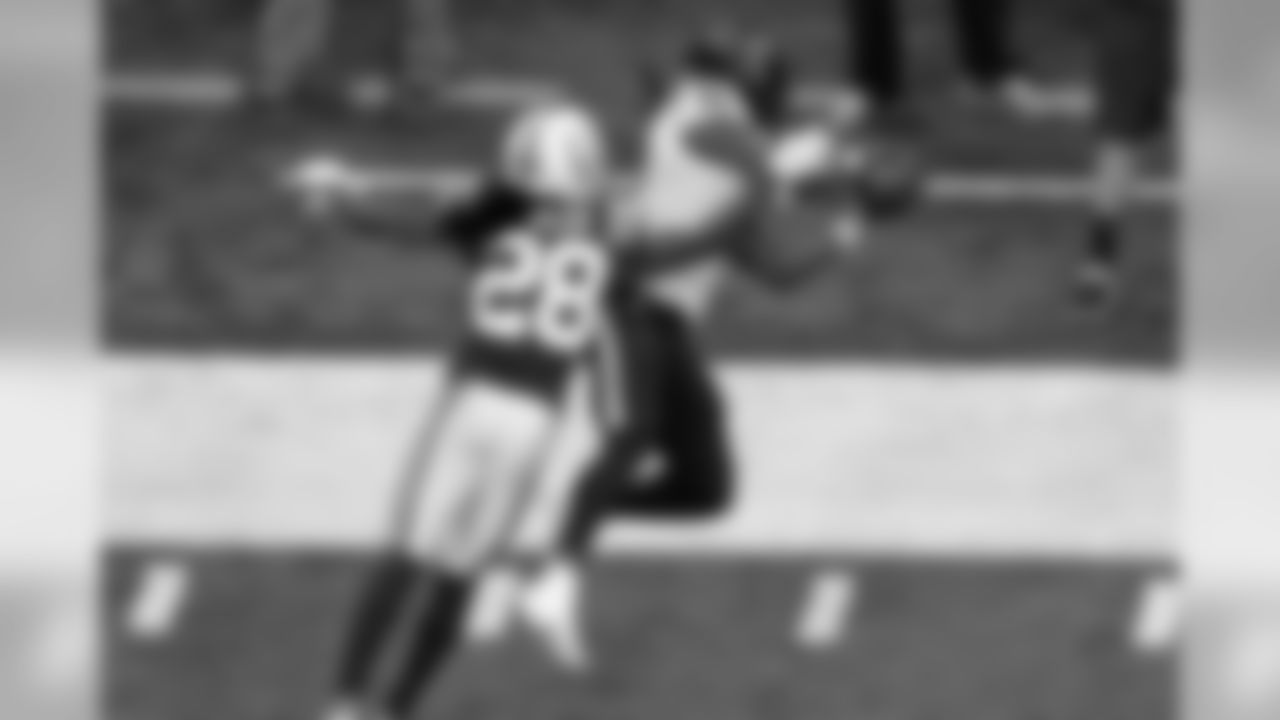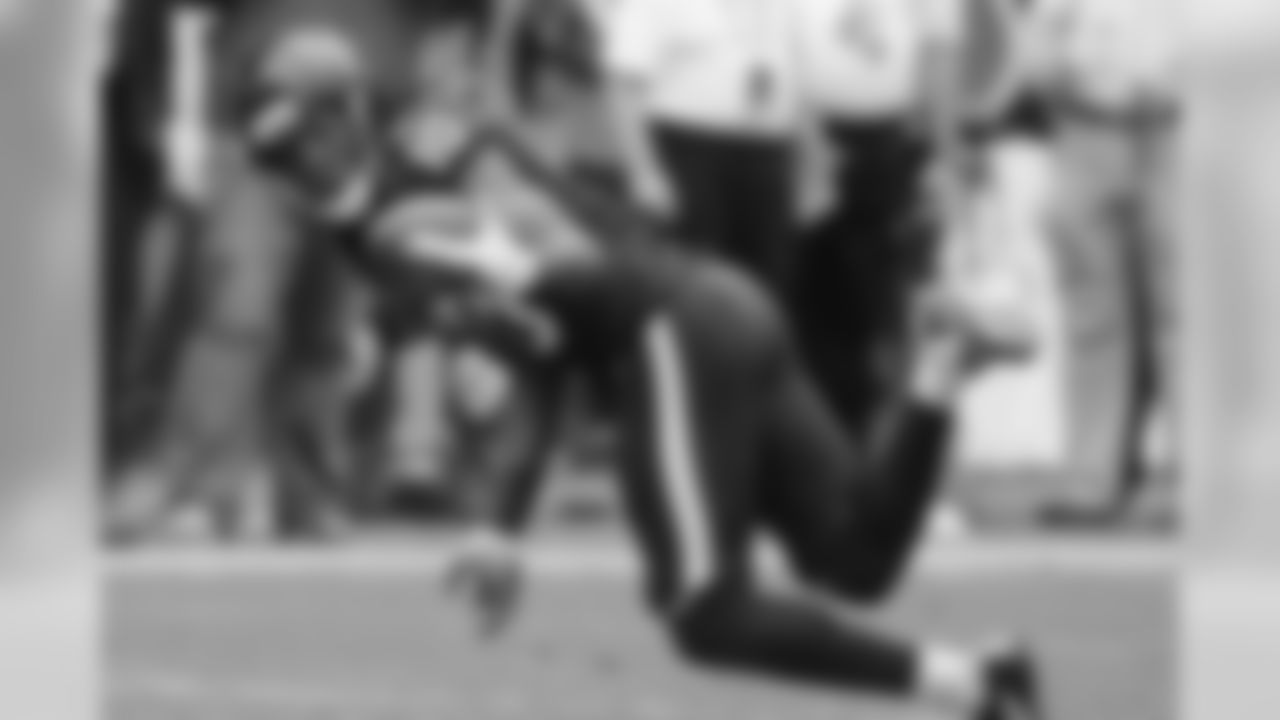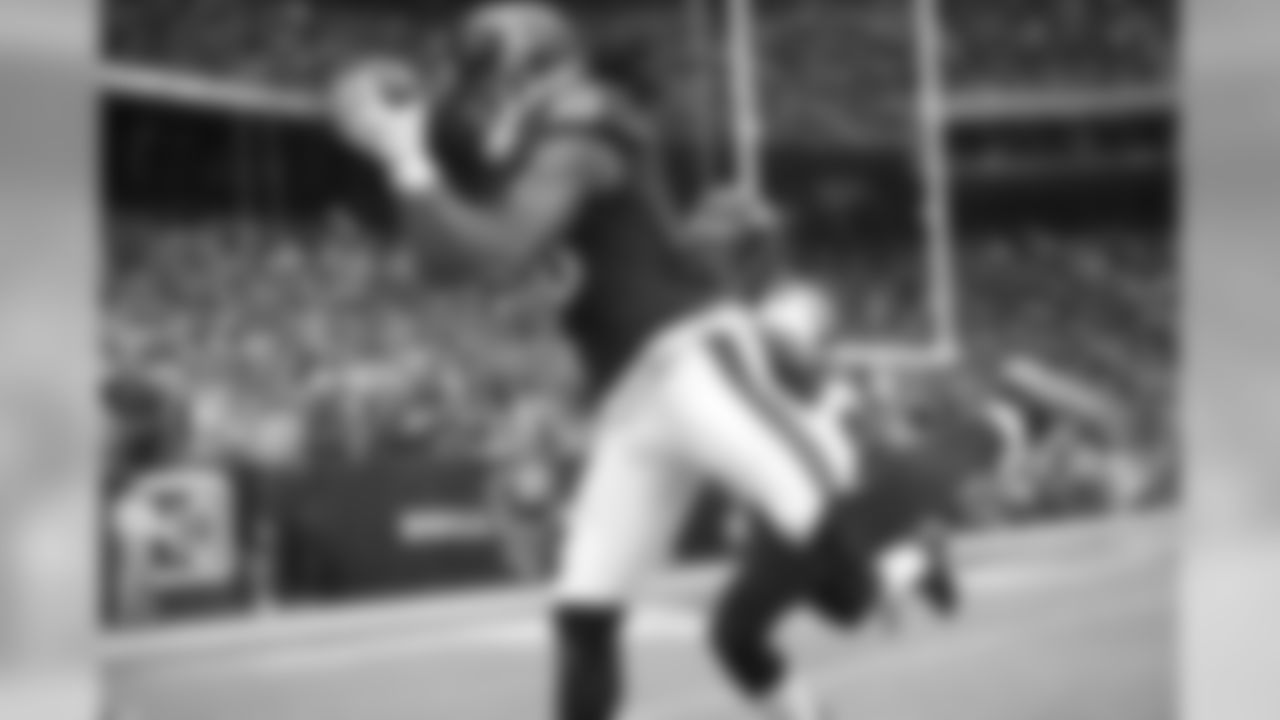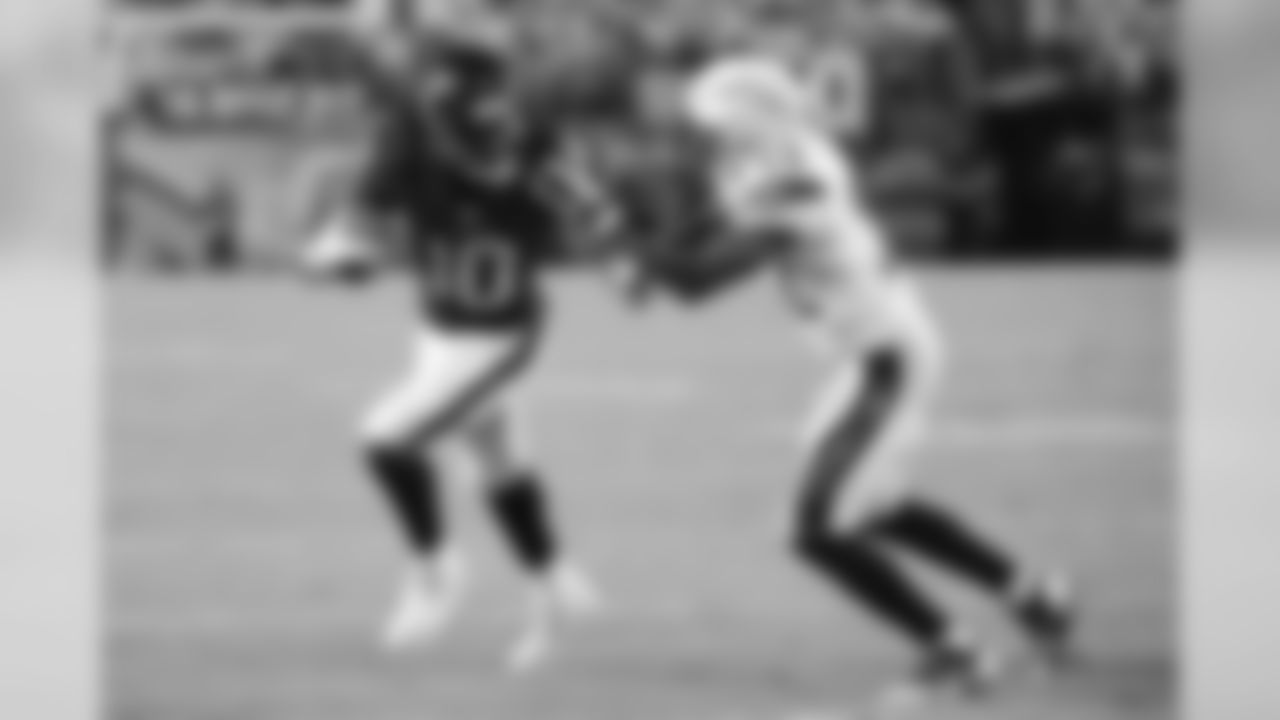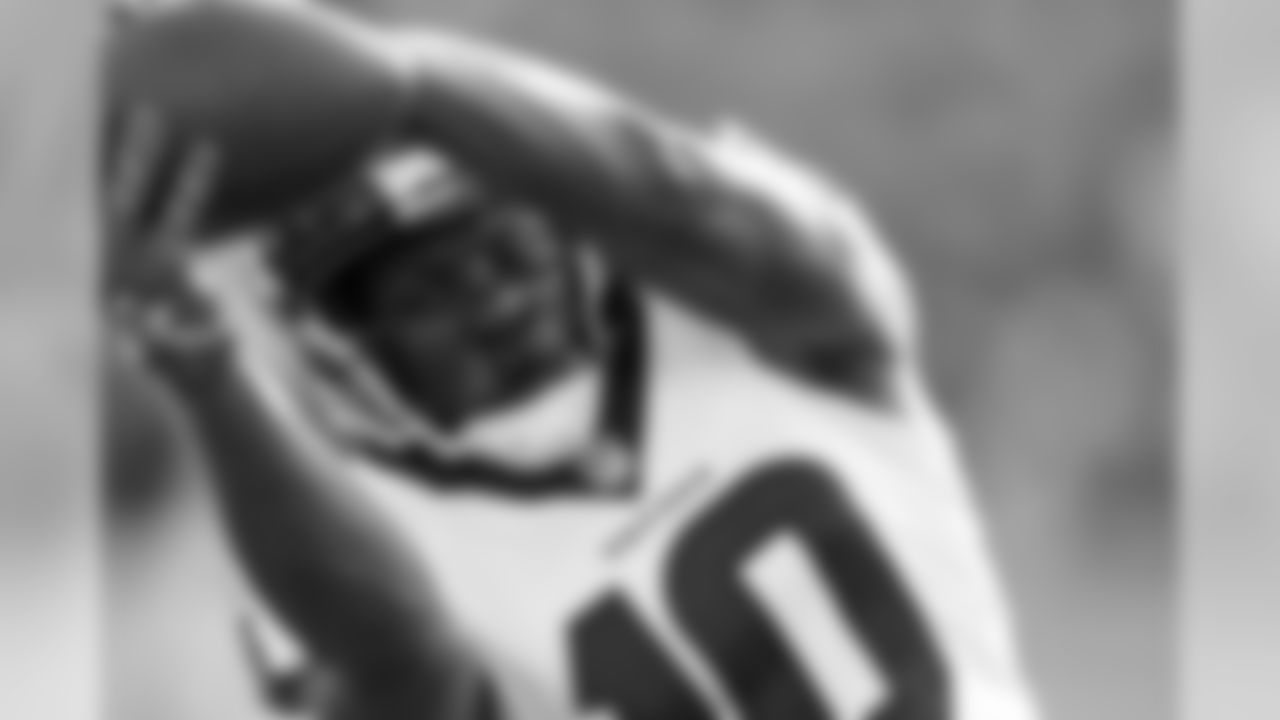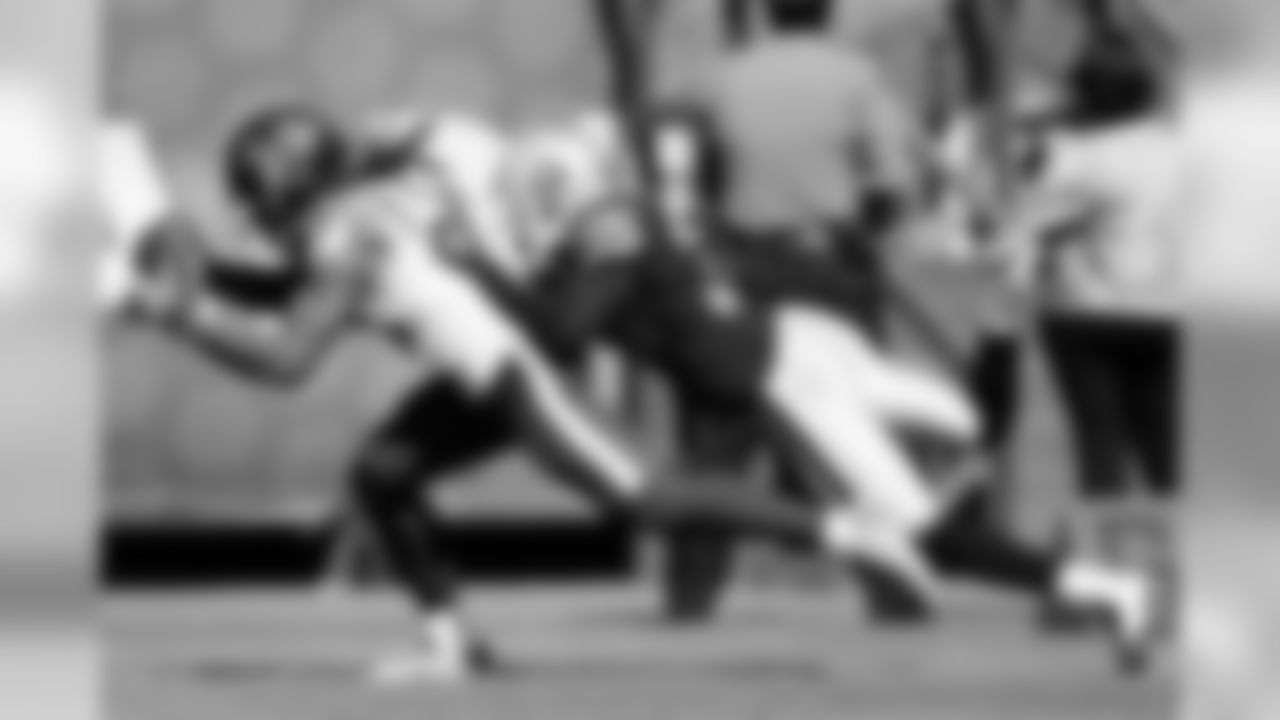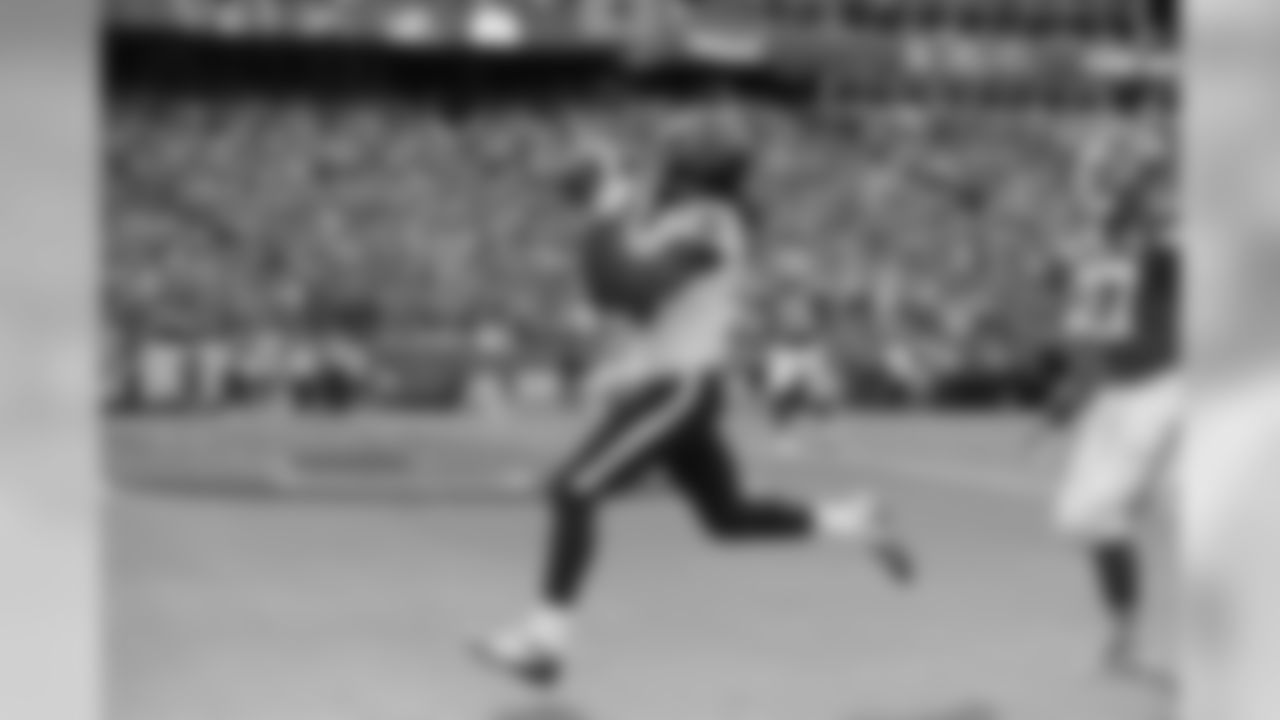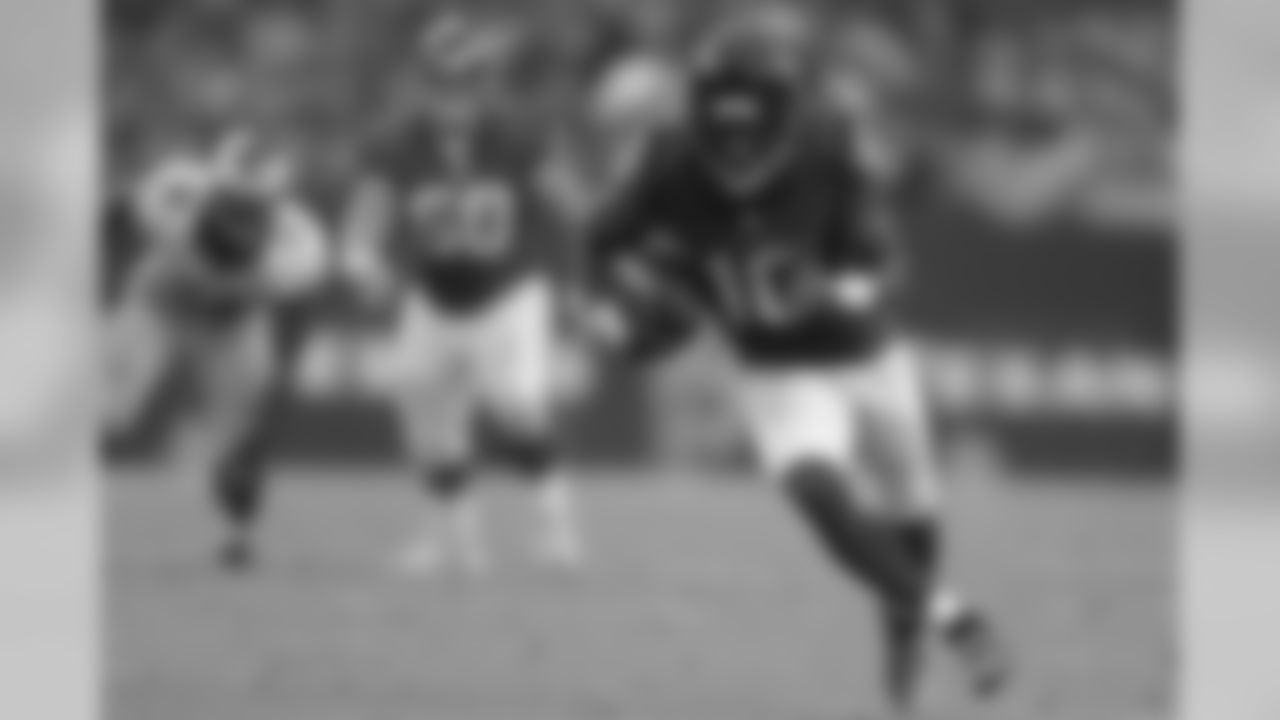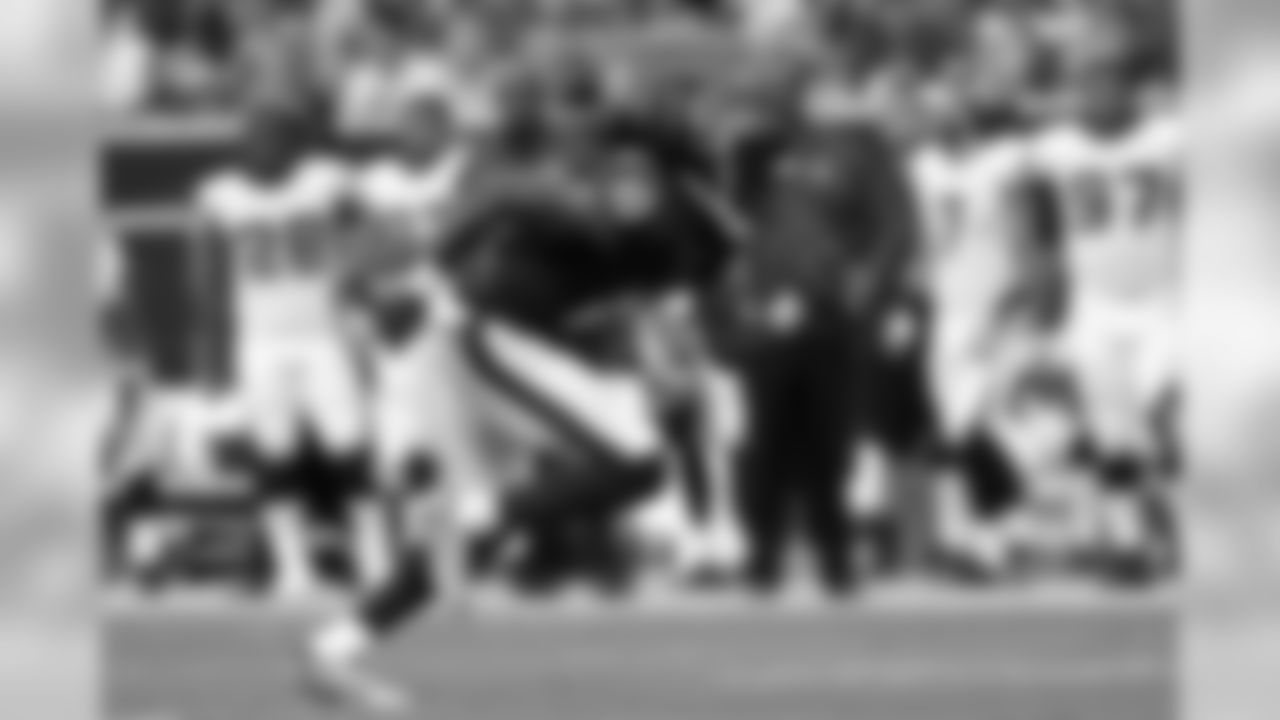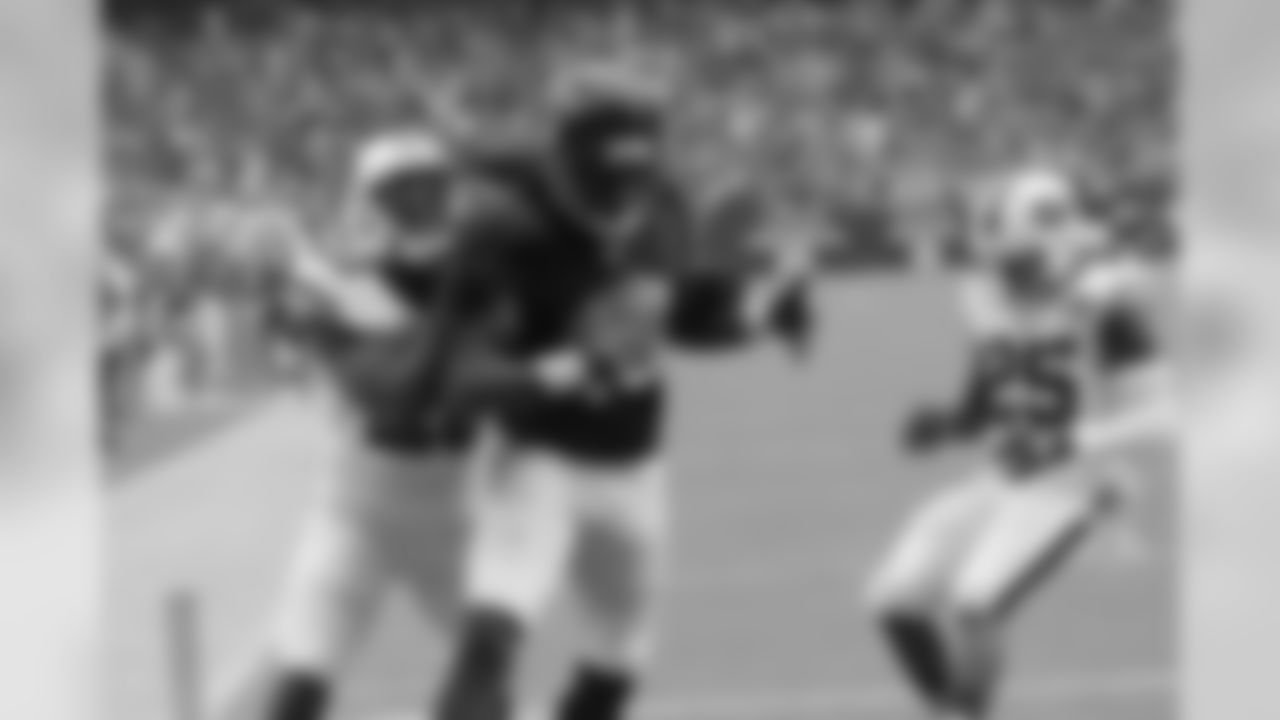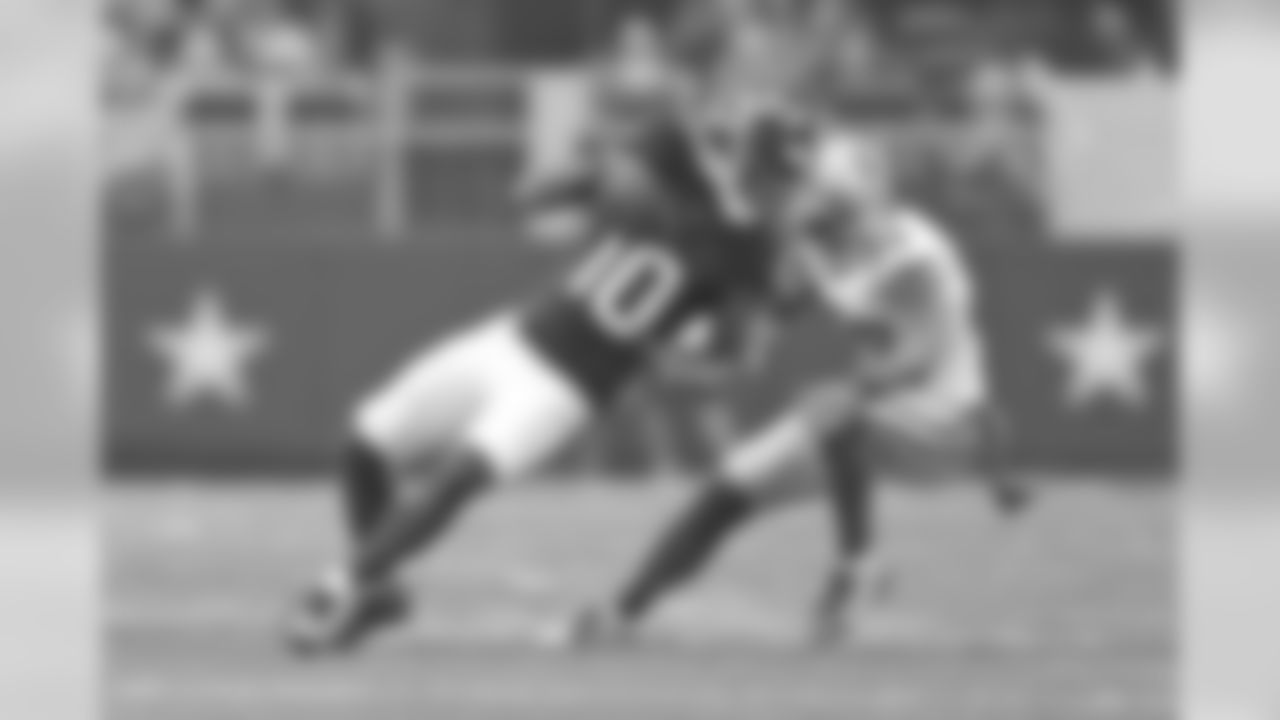
As a coach's son, I've heard nearly every football term known to mankind. My dad was an option coach back in late 1970s/early 1980s, so dive, pull and pitch were ingrained at an early age. As my football intellect grew, I can't say for certain when I heard the term fade route. There were other terms for what we now know as the fade route, but it really wasn't until I got to college in 1990 that I remember hearing that throw to the corner of the end zone as a fade route.
The one day it struck me more than any other was in 1993 at University of Pennsylvania's Franklin Field as we tangled with the Penn Quakers. My roommate was a 5'8" old school cowboy playing cornerback and was in the game at right cornerback. Penn had moved the ball down inside the five yard line, running a modified, slower version of the hurry up offense. As the offense came to the line, WR Miles Macik, a 6'4" All-Ivy receiver was aligned on the same side as my roommate. It looked like a brother and his little, much littler, brother. I remember thinking "oh man, here comes the fade route." It was like there was a spotlight on the two of them and it was so clear what was coming…
...and my roommate had no way to stop it. The Penn quarterback lofted the ball for the back corner of the end zone and Macik picked it right off of the top of my buddy's helmet for a TD. I understood the power of the end zone fade route that day.
But, in due time, defenses learned to stop the fade route by running directly to the back corner of the end zone in anticipation.
"Oh, you want to throw the fade route on me? Not happening, bucko!"
But, these things go in cycles and along the way some innovative offensive coach came up with a surefire way to put that defensive back in peril down near the end zone.
The backshoulder fade.
It looks simple and oh so easy when it's executed perfectly, but a QB-WR duo needs hundreds of reps to get it right.
Last Saturday night in the Texans game against the San Francisco 49ers, Brian Hoyer and DeAndre Hopkins pulled off the backshoulder fade as it's drawn up on the blackboard. Let's take a look.
The Texans had just scored on Cecil Shorts' 58 yard catch and run and Coach Bill O'Brien decided to go for two. As such, the Texans aligned in a bunch formation to the right with DeAndre aligned as the solo receiver to the offense's left.
Immediately, up in the radio booth, Andre Ware saw the matchup of Hopkins and San Francisco cornerback Shareece Wright and called it on the spot.
"Look out for the fade or backshoulder to Hop!" he exclaimed.
Now, which one it'll be depends on Hopkins' release and the positioning of the cornerback. If Hopkins beat Wright badly off the snap, he'd run to the back pylon. Hoyer would loft the ball to the spot and Hop would go up and pick it out of the air.
But, if Wright jammed or slowed Hop's initial release, Hoyer then would throw the ball to the receiver's backshoulder. Typically in this situation, the cornerback has his back to the ball and can't make an adjustment back to the ball. However, the receiver can stop, work his way back through the DB and make the catch.
As you can see in the following image, Wright actually did a decent job jamming Hop at the line of scrimmage.
Note the eyes of Hoyer. He's immediately looking that way. Some might think he was telegraphing the throw and he was. But, there's no one else that can insert himself into the play so it's not an issue. Not to mention, with the fade/backshoulder option, Hoyer wasn't actually giving away where he was going to throw the ball.
Until now…
At the decision making moment for Hoyer, he felt that Wright was even with Hop and that the backshoulder throw was the best decision. He then threw a heater at the H on Hopkins jersey, allowing Hopkins the opportunity to wheel around, shield himself from Wright and make the catch
Hopkins doesn't really need to know which throw it is - he can just react to either one. Wright's positioning told Hoyer to throw the backshoulder.
And, he did. Hopkins made the catch as Wright never saw the football until the very end. At that point, it's too late. No one is getting that ball out of his claws at that point.
Two point conversion was good. Texans took an 8-0 lead to start the preseason.
I've often lamented the fate for a defensive back in this situation because there's really no way to win. San Francisco's Marcus Cromartie found that out later in the game as Tom Savage threw a TD to Jaelen Strong on a similar backshoulder/fade concept. Cromartie appeared to be in the perfect position, but Savage threw a gem to Strong's backshoulder and the rookie wide out fought to hang on for a touchdown.
I don't ultimately know who first introduced the backshoulder to the game of football, but it's become a staple in the passing game throughout all levels of football. As such, it paid off in a big way for the Texans in game number one.
In celebration of his 23rd birthday, take a look at the best 23 photos of DeAndre Hopkins' career as a Houston Texan.
